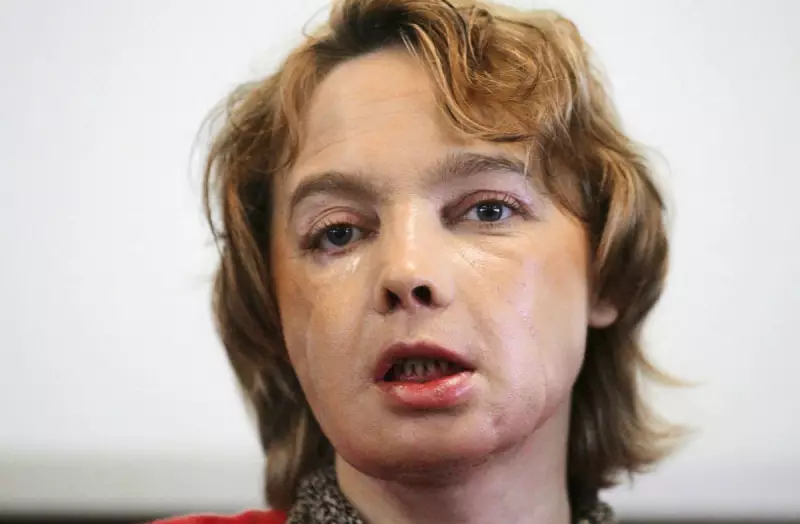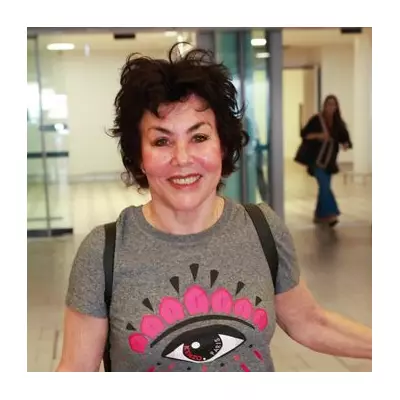
Twenty years after the world witnessed the first partial face transplant, the pioneering medical procedure faces an uncertain future. While initially hailed as a miracle of modern medicine, face transplantation has left a trail of patients struggling with lifelong complications, financial ruin and psychological trauma.
The Pioneering Procedure That Changed Everything
In the early hours of 28 May 2005, Isabelle Dinoire awoke in a pool of blood. Following a family argument, she had taken sleeping tablets and alcohol to forget her troubles. Reaching for a cigarette, she discovered she couldn't hold it between her lips. When she crawled to her bedroom mirror, she saw the horrifying truth: her dog Tania had chewed away her nose, lips and parts of her cheeks while she lay unconscious.
Six months later, on 27 November 2005, Isabelle became the world's first face transplant recipient at University Hospital in Amiens, France. The groundbreaking surgery involved two teams led by surgeons Bernard Devauchelle, Sylvie Testelin and Jean-Michel Dubernard. They grafted a donor's nose, lips and chin onto Isabelle's skull in an operation lasting over 15 hours and involving 50 medical professionals.
The donor was a 46-year-old woman who had died by suicide. Surgeons meticulously connected sensory nerves to restore feeling, motor nerve fibres for movement, and arteries and veins to establish blood flow. When Isabelle addressed the press the following February, drinking water through her new mouth, she declared: "I now have a face like everyone else. A door to the future is opening."
The Global Race and Patient Realities
Isabelle's apparent success triggered an international race to perform national firsts. The United States conducted its first partial face transplant in 2008, followed by the first full transplant in 2011. Subsequent milestones included the first African American recipient in 2019, the first combined face and double hand transplant in 2020, and the first to include an eye in 2023.
To date, approximately 50 face transplants have been performed worldwide. Each achievement brought new grants, donations and prestige for the medical institutions involved. However, the patients themselves faced dramatically different realities from the optimistic headlines.
Dallas Wiens, who became America's first full face transplant recipient in 2011 after an electrocution accident, initially believed he'd won the medical lottery. The 25-year-old electrician wanted to prevent his daughter from being bullied about his appearance and dreamed of simple pleasures like hailing a taxi.
For several years, his story supported the narrative that face transplants worked. Then reality intruded. The anti-rejection drugs preserving his new face destroyed his kidneys, and he suffered repeated rejection episodes requiring stronger immunosuppression. Living in Texas on disability benefits, Dallas struggled to afford his $120 monthly medication while coping with frequent infections.
"It's one thing to be told about risks," Dallas revealed when his kidneys were failing. "It's another thing to experience them." He died suddenly in September 2024, with his death certificate listing complications from his original electrocution.
The Hidden Costs and Ethical Concerns
Behind the surgical triumphs lies a troubling pattern of unpublished negative data, driven by funding battles and institutional rivalry. Many patients face intrusive media attention, uneven support networks, and inadequate preparation for the lifelong burden of immunosuppressant drugs.
The ethical challenges are profound: face transplants take otherwise healthy people with facial disfigurements and turn them into lifetime patients. The procedure raises fundamental questions about patient selection, psychological impact and long-term care.
Isabelle Dinoire's experience illustrates these concerns. Three months before her operation, she signed a contract with a British documentary maker, effectively "selling" her story while vulnerable and suicidal. After the transplant, she described feeling like a circus animal, tormented by public attention: "Everyone would say: Have you seen her? It's her. It's her... And so I stopped going out completely."
Living with a stranger's face proved psychologically devastating. She spoke of the strangeness of having "someone else's" mouth and discovering unfamiliar hairs on her chin. Isabelle never resumed a normal life, experienced regular rejection episodes from 2013, and developed both cervical and lung cancer. She died in 2016, though her surgeons deny any connection to immunosuppressant use.
A family member revealed that Isabelle's wellbeing declined dramatically after her transplant and that she was in "psychological distress" when consenting to the procedure. More than once, she attempted suicide after her transplant – a story that never became part of the official record.
The Systemic Failures and Patient Struggles
In the United States, now the world leader in face transplants, the Department of Defense has bankrolled most operations while private insurers refuse coverage. This creates pressure to demonstrate success, yet comprehensive outcome tracking remains inadequate.
A 2024 JAMA Surgery study reported five-year graft survival of 85% and ten-year survival of 74%, concluding that face transplantation represents "an effective reconstructive option" for severe facial defects. However, the study measured only graft survival, ignoring psychological wellbeing, impact on relationships, financial stability, or comparisons with conventional reconstruction.
Robert Chelsea, the first African American face transplant recipient, exemplifies these gaps. Once a successful businessman, he now relies on GoFundMe campaigns after his car was repossessed and he became unable to work. He suffers through rejection episodes and infections, sometimes becoming too weak to call an ambulance he couldn't afford anyway.
Race introduces additional complications in Robert's case. The sinister history of medical experimentation on Black bodies means African Americans are less likely to donate organs. Until Robert's surgery, hospitals hadn't adequately considered the need for donors with diverse skin tones.
Robert recently questioned the ethics of patient involvement in research, noting during a Department of Defense grant meeting: "Everybody here is getting paid, except us. Who is feeding our children, while we are making history?"
Learning from Medical History
The trajectory of face transplantation echoes other medical innovations that began with great promise but faced reckoning. Lobotomy, which earned its developer a Nobel Prize in 1949, faded into history after approximately 3,500 brutal procedures. Vaginal meshes, introduced with fanfare in the 1990s, caused chronic pain and organ damage, leading to massive lawsuits.
In contrast, IVF successfully transitioned from controversial experiment to mainstream medicine through rigorous patient selection, improved safety standards and proper regulation.
Currently, roughly 20% of face transplant patients have died – from rejection, kidney failure or heart complications. This represents an unacceptably high toll for an elective, supposedly life-enhancing procedure, especially when the field still lacks consensus on ideal candidates, success metrics, or long-term support requirements.
Unless the field raises its standards, enforces rigorous follow-up, and commits to transparent data sharing that includes patient experiences, face transplants risk heading for the dustbin of medical history rather than evolving into stable, standardized practice.
As Isabelle Dinoire's family member revealed, the first face transplant recipient had collected documents to prove various dysfunctions in her care. She instructed her relative to speak out after her death, saying she felt too intimidated by the medical team to do so herself. "She felt obliged to be upbeat, to represent innovation success, whatever the cost," her relative explained – an insurmountable pressure for someone already vulnerable.





